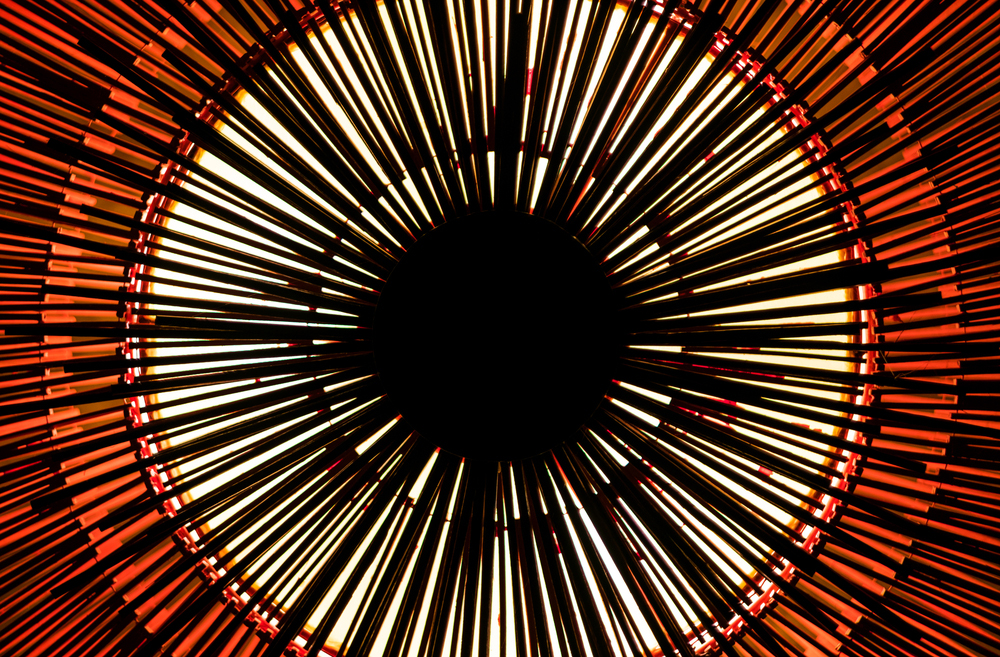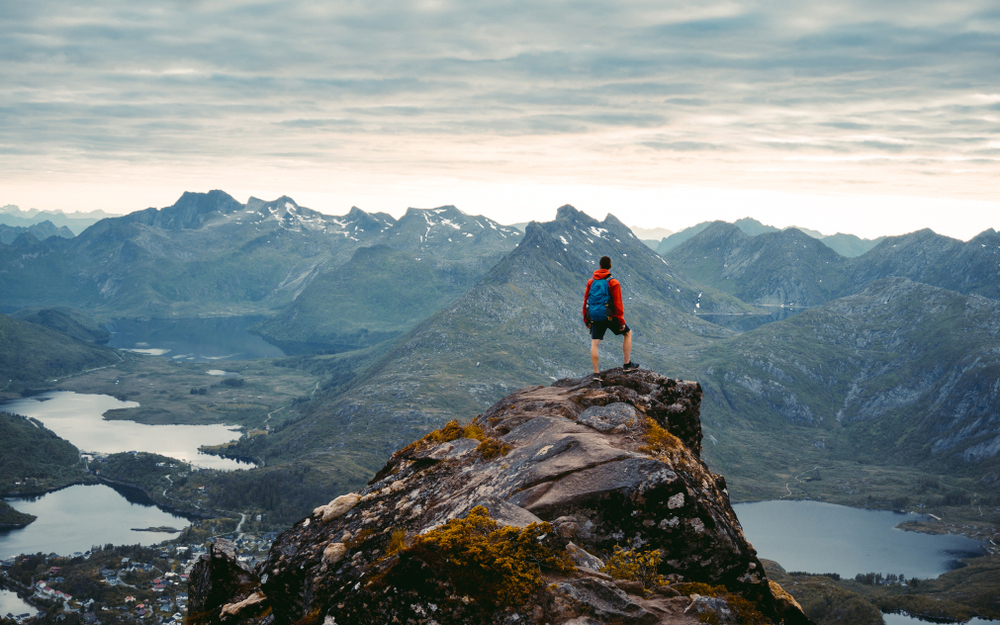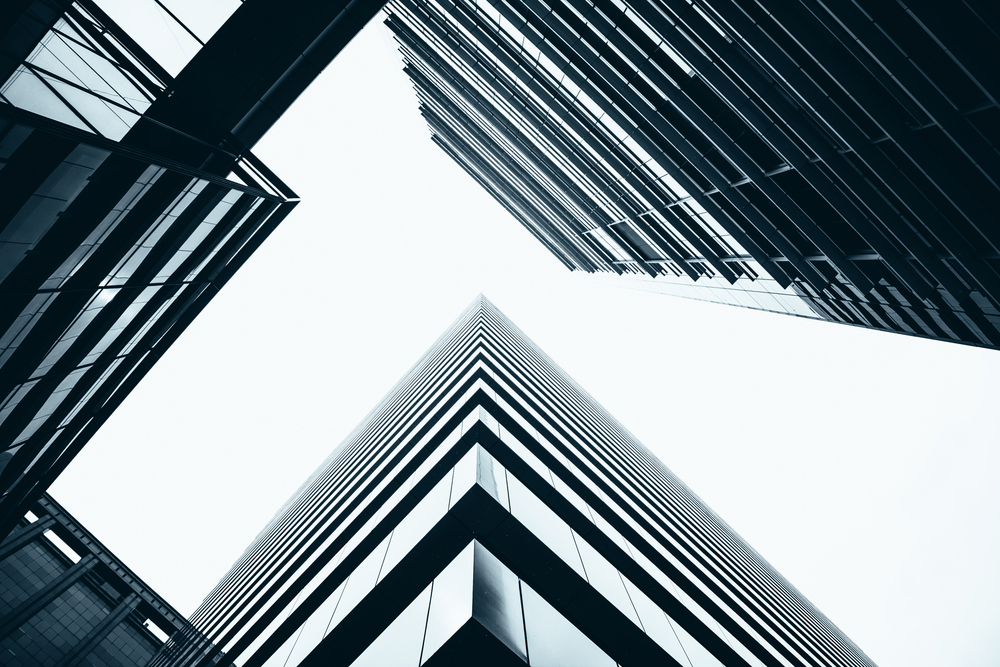The method of creating photographs by capturing light on a light-sensitive medium, such as a sensor or film, is photography. Via timed exposure, light patterns reflected or emitted from objects are captured on a sensitive medium or storage chip. Mechanical, chemical or digital devices known as cameras perform the most common operation. The word derives from the Greek words “light” phos, and graphis “stylus” “paintbrush” or “representation by means of lines” or “drawing” together meaning “drawing with light.” A image has historically been called the result of photography.An abbreviation is the term photo; many people often call them photos. The term image has started to replace photograph in digital photography; the term image is conventional in geometric optics.
There are several styles of photography that are different. Your photographic knowledge can grow through knowing which category a picture falls into. We made a list of sixty different kinds of photography. With every photography niche, you can familiarize yourself.
Abstract Photography
An immediate connection with abstract or philosophical photographic images won’t be identified. This method of photography sets itself apart from the world of objects. It is necessary to use photographic equipment, processes or materials. These photos are what make them possible.

Adventure Photography
Any adventure, photographed in the open air, comes here. This is a photographic field in a niche. It involves beautiful scenery and demanding conditions for shooting.

Advertising Photography
Commercial photography records objects in magazines or newspapers for posters, advertisements, or adverts. For this type of photography, the internet is also a huge medium. As it is about selling a product, product photography is similar. By displaying a brand or service, commercial photography continues. They can be situational pictures, sometimes.
Architecture Photography
Architecture Photography includes buildings and structures being captured. They are detailed depictions of the subjects, shot using advanced techniques and cameras.

Astrophotography
In the night sky, astrophotography tracks objects. No exception to this are stars, satellites, and planets. And black holes, if you’ve got a long enough telescope. It involves Deep Sky, which is the use of a telescope to catch distant topics. Also included are Wide Angle (Milky Way) and Time-Lapse (star trail) photography.
Black and White Photography
The act of recording a scene without colour is black and white photography. Here, in black and white, you catch the scene or transform it during post-processing. This often involves monochrome low key photographs that use lighting in a minimalist manner.
Boudoir Photography
Intimate and romantic pictures of subjects are captured by boudoir photography. They take place in the atmosphere of a bedroom or dressingroom. On the occasion of an engagement or wedding, boudoir shots may be a present for a spouse.
Candid Photography
The act of recording subjects without their knowledge is candid photography. In events or street images where you want to capture reality, this is helpful. You can be sure of topics that are not revealed, resulting in actual scenes and facial expressions. When the scene isn’t falsified, documentary photography and photojournalism become better.
Cityscape Photography
A cityscape is a depiction of a city, metropolis or urban area’s physical elements. This is the urban equivalent of a story. During the day or at night, they can display a region. There are several different strategies and viewpoints you can implement.
Commercial Photography
For commercial use, commercial photography involves taking photos. A good or service may be marketed or sold by them. Photographers are frequently commissioned or compensated beforehand here. Photographs for company brochures, menus, and leaflets are examples.
Crystal Ball Photography
By using a crystal ball, crystal ball photography is capturing a scene. You can keep them close to your camera, or you can position them on the edges further down. However, be wary; the scene will appear upside down.
Documentary Photography
Documentary photography is meant to chronicle environments or events. These types of shots in photography appear to be important to historical events and culture. The pictures concentrate on daily life.
Drone Photography
The action of shooting from an airborne target is drone or aerial photography. This can include, but is not limited to, helicopters, planes and drones. Up-down photos of these images. Or they render abstract or realistic pictures of the landscape using an angle.
Editorial Photography
Photos taken for use in newspapers and magazines are editorial photographs. These are candid photographs and can include photography of fashion, sports, and events.
Event Photography
Event photography at any event or occasion is photography of guests and scenarios. These include marriages, product launches, celebrations, carnivals, corporate photography, and photography of live concerts.
Family Photography
In portrait cases, family photography is the act of photographing a family. The photos highlight the connection between those you fire. To represent the atmosphere and mood, they can be staged and posed, or candid pictures. They are for fun for the family themselves.
Fashion Photography
The act of photographing displayed clothing and other objects is fashion photography. In studio conditions or at the live catwalk and fashion shows, it can happen. The pictures are for use in editorial or commercial.
Fine Art Photography
Fine-art photography is where the artist is the photographer. Here, it is not the primary objective to catch the subject. Images of fine art may be artistic statements. They have a better definition of a conventional style than the same picture photographed.
Fish-Eye Photography
Using a super-wide-angle lens, a fish-eye photograph comes from This means focal lengths ranging from 8mm to 16mm. These photos, especially towards the edges, come out very distorted. For anything that calls for it, use it.
Food Photography
A niche field of still life photography is food photography. We focus on food, ingredients, styling and food-related scenes in this field. This is also a commercial or journalistic niche for photography. The pictures here have been magazine ads.
Forced Perspective
Forced viewpoint photography is fun to create and to look at. The spectator sees a distinct viewpoint from the subject with a forced perspective. For any kind of photography, you can use this, as long as you have control over the perspective of your scene.
Glamour Photography
Glamour photography, typically of female subjects, is like portrait photography. The nearest genre is boudoir photography. It utilizes erotic poses that vary from pictures that are dressed to naked. They may be for ads or a portrait type. They are seen as a bit seedy more often than not. Well finished, they will create some lovely pictures.
Golden Hour Photography
Photography of the golden hour applies to the hour before sunset and an hour after sunrise. This is when the sun is in the atmosphere at its lowest point. As with other times of the day, the sunshine is not as bright and gives off a warm tone.
Head Shot Photography
Photography by Headshot is a genre like portraiture. The difference here is that only for headshots, the photographer goes. A headshot is a standard head and bust shot. But it can go as far as a shot of a chest with arms folded. Images like these are intended for technical use. Either for online purposes or for actors as a portfolio shot.
High Dynamic Range Photography
A fresh theme over the past decade has been High Dynamic Range or HDR photography. It was a method that was used by many movie photographers to print their images. You take 3/5/7 or even 9 photographs through a number of different exposures using digital photography. The notion is that you get detail in the highlights and shadows of your scene by sewing them together. You can do this with Adobe Photoshop, Lightroom, and a number of other editing programs.
Indoor Photography
Indoor photography extends to pictures taken within. Here, to better account for the lack of ambient light, the photographer needs to use camera settings or gear. Indoor photography is like photography of the interior. These are without a particular editorial or commercial intent.
Infrared Photography
Infrared photography refers to an image where it is necessary to harness infrared light. With analog or digital photography, this can occur. Via the camera sensor, the infrared light passes through, blocking all visible light. For these sorts of shots, you will need a filter. Or you can build it using software for post-processing.
Kinetic Photography
All about motion is kinetic photography. Not the issue, but a camera of yours. An interesting and imaginative picture can be provided by rotating your camera while you film a scene. One of these is Deliberate Camera Movement (ICM). Here, as it records a long exposure, you throw your camera up in the air. A string of lights, ideal for multiple exposures, will result in this.
Landscape Photography
Capturing nature is landscape photography. They may be characteristics produced by man or the disturbances found in physical areas. These can include trees, nature, beaches, and deserts. During unique seasons, they concentrate on the outdoors (Spring, Summer, Fall, Winter). Also common in this genre are sunsets and even night photography.
Lifestyle Photography
Photography of lifestyles is a genre that seeks to catch individuals in real-life circumstances. Rather than presenting an obvious set-up, they say tales. These photos are also portrayed just as much as a fashion shoot. For editorial or commercial usage, they display scenes and objects. Here, in a more realistic, believable way, we present these types of photography topics.
Macro Photography
Macro photography refers to tiny subjects being photographed up close. We use dedicated lenses or photographic equipment here. A true macro image is the product of a subject greater than its 1:1 ratio being enlarged. Insects and flowers are the most common macro themes. But beyond that, there is so much more.
Scientific Photography
Scientific photography is, as such, not a creative field. It is a way of maintaining records. New findings could record these forms of photography. In abstract forms, they may also explain the human body. It is a category that is all-encompassing and can range from portraits to cell macro pictures. It’s a specialized area here. More important than the artistic aspect is technical skill.
Sports Photography
The act of photographing all sorts of sports is sports photography. They may be sports with quick action, such as auto racing and airshows. They can also be more comfortable, including images of yoga. Different sports require different gear, lenses, settings, and techniques for the camera.
Travel Photography
Through the application of photography, travel photography records an environment or location. This includes photography of portraits, landscapes, streets, and night time. This genre was made popular by National Geographic and talented photographers such as Steve McCurry. They use black and white as well as color.
Wildlife Photography
Wildlife photography is about animals in their natural environments being captured. Specialized devices such as telephoto lenses are important.
Conclusion
In the end, the process of creating stable or permanent visible images directly or indirectly by the action of light or other sources of radiation on sensitive surfaces may be said to be photographic. Traditional photography uses the action of light to induce changes in a silver halide crystal film in which exposed silver halide is converted to non-sensitive) metallic silver by growth. The film or plate is formed after exposure to a camera or other unit, fixed in a solution that dissolves the undeveloped silver halide, washed to eliminate the soluble salts, and dried.If possible, printing from the original is performed on a second emulsion-coated material by touch or optical projection, and a similar sequence of processing steps is followed. With an electronic camera sensor, digital imaging captures photographs directly.